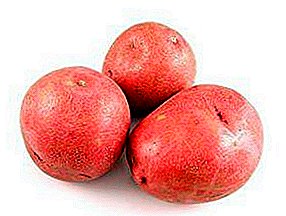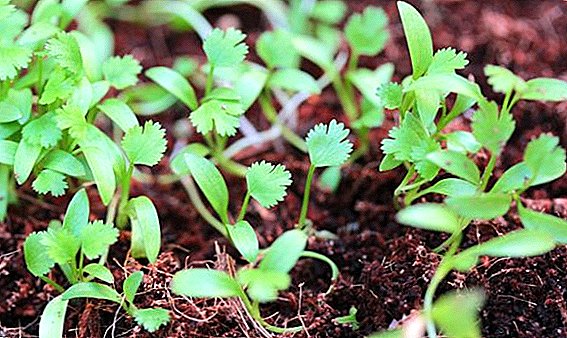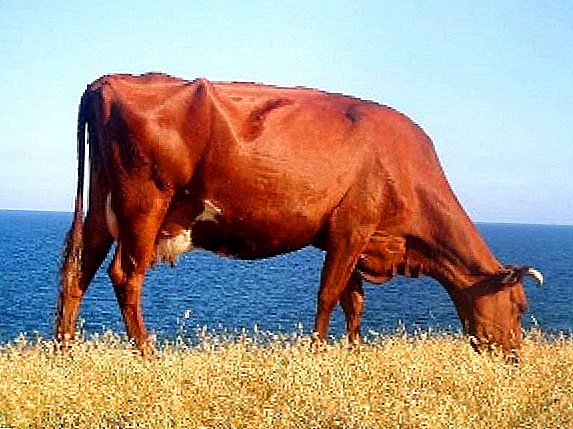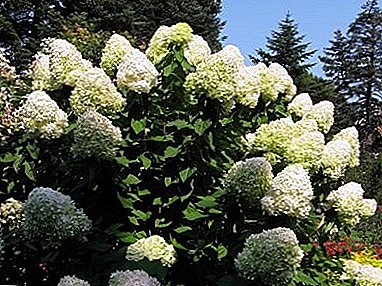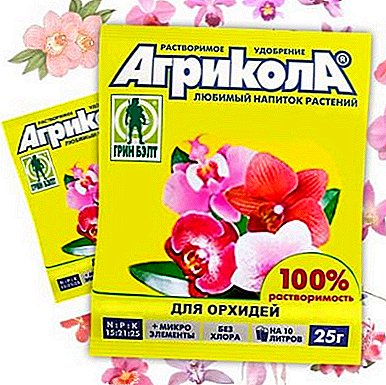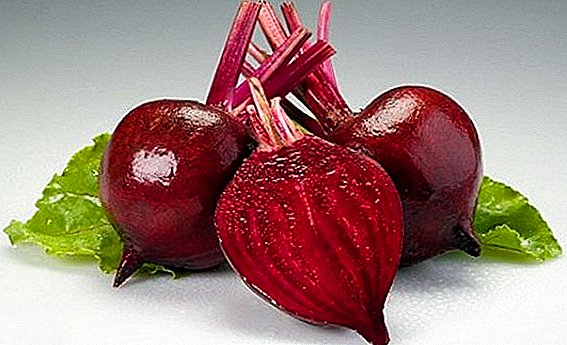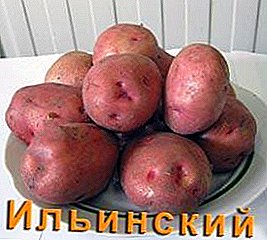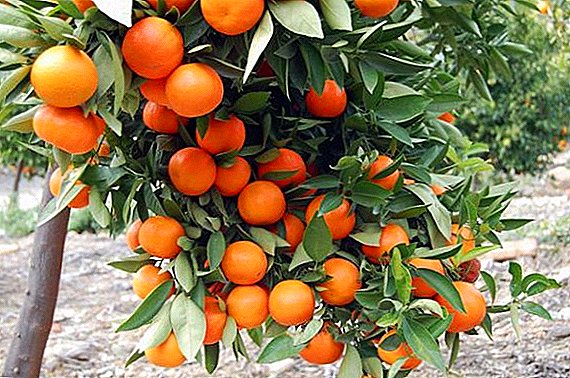 Mandarin - an evergreen, a species of the genus Citrus, belonging to the family Rutaceae. The homeland of mandarin is China, it was brought to Europe at the beginning of the XIX century. Fruit pulp contains sugar, organic acids, vitamins C and thiamine, as well as volatile production. Today, many decide to grow this plant at home. Therefore, it will not be out of place to know what are mandarin diseases and how to fight them.
Mandarin - an evergreen, a species of the genus Citrus, belonging to the family Rutaceae. The homeland of mandarin is China, it was brought to Europe at the beginning of the XIX century. Fruit pulp contains sugar, organic acids, vitamins C and thiamine, as well as volatile production. Today, many decide to grow this plant at home. Therefore, it will not be out of place to know what are mandarin diseases and how to fight them.
Important! Mandarin fruits are a valuable dietary product that improves metabolism, saturating the body with vitamins in the winter. Mandarin also has a tonic and antimicrobial action.
Shchitovka
Very dangerous pests of mandarins. Shchitovka - a scale-like insect that multiplies rapidly. Settling on the branches, leaves and fruits of citrus plants, scythe sucks the juice from them, leading to exhaustion. As a result, the harvest of mandarins is significantly reduced. The plants begin to fall off the leaves and fruits, and the young shoots dry out. The small larvae of the shield insect stick to the plant, create a kind of shield measuring 4 mm in size, which reliably hides them from the outside world, which makes it difficult to fight them.
 In addition, they emit honeydew, the consistency of a sticky syrup, thus preventing the plant from breathing. Mandarins affect several types of scutes: rod-shaped (with a long yellow shield, 3.5 mm long); Pomerantsevaya with a shield resembling a comma, and yellow Pomerantsevaya, which prefers to settle on the bottom of the leaves. For the prevention of the appearance of scythes, it is necessary to collect and burn fallen leaves, cover up the wounds that have arisen during pruning, garden pitch, and remove dried shoots. The scutes appear from the leaves with a cotton swab, wipe with a cotton swab moistened with alcohol. Spraying will help to get rid of the pest at a low positive temperature with a 2% oil emulsion or a three-time treatment with "Aktellik" at an interval of a week.
In addition, they emit honeydew, the consistency of a sticky syrup, thus preventing the plant from breathing. Mandarins affect several types of scutes: rod-shaped (with a long yellow shield, 3.5 mm long); Pomerantsevaya with a shield resembling a comma, and yellow Pomerantsevaya, which prefers to settle on the bottom of the leaves. For the prevention of the appearance of scythes, it is necessary to collect and burn fallen leaves, cover up the wounds that have arisen during pruning, garden pitch, and remove dried shoots. The scutes appear from the leaves with a cotton swab, wipe with a cotton swab moistened with alcohol. Spraying will help to get rid of the pest at a low positive temperature with a 2% oil emulsion or a three-time treatment with "Aktellik" at an interval of a week.
Spider mite
Often the spider mite appears on mandarins, and gardeners immediately have a question about how to deal with it. These are small spiders with a diameter of 0.3-0.4 mm, which settle on the underside of the leaves. Spider mites have tremendous fecundity: they lay thousands of eggs, which, after lying for several years on objects near the plants, fall on the leaf and hatch. Ticks are active at different temperatures, feed on plant sap, bite into tissues, which seriously affects the metabolism and can lead to plant death.
 Treatment of mandarins from spider mites - five-time processing paste "Sulfarid" (not carried out during the flowering period, during fruit set, during fruiting, carefully cover the fruit. Repeat the treatment with an interval of 7-10 days). Red citrus mites are common, also loving to feast on the juice of leaves, shoots and fruits, as a result of which the plant dies. You can fight them by spraying with oil emulsion.
Treatment of mandarins from spider mites - five-time processing paste "Sulfarid" (not carried out during the flowering period, during fruit set, during fruiting, carefully cover the fruit. Repeat the treatment with an interval of 7-10 days). Red citrus mites are common, also loving to feast on the juice of leaves, shoots and fruits, as a result of which the plant dies. You can fight them by spraying with oil emulsion.
Thrips greenhouse
Insects sucking juices, nectar and pollen of mandarins. In length - 1.5-2 mm, males are black, females are gray. Homeland thrips greenhouse - South America, so the European climate does not suit them because of the cold. But individuals of the greenhouse trips are able to fly, which makes them dangerous carriers of various viruses. Spraying insecticide 3 times with an interval of 15 days is a good method of dealing with thrips. With a small number of insects in the greenhouse you can cope with the help of predatory mites, the healing effect will have a fine powder of sulfur.
Important! It develops best at a temperature of 24 to 30 ° C and high humidity, so dry air and humidity below 50% will cause the death of greenhouse thrips.
White fly
An adult insect looks like a small butterfly with a yellow or pink belly or pink belly and white wings, covered with a dust-like coating. Green larvae prefer to be on the underside of the leaves, the first year larvae are mobile, the next ones are immobile. The pest sucks the juice, leaving behind a sugary discharge. The distribution range of citrus whitefly is India, Japan, North America, the Caucasus.
 For prophylactic purposes during the growing season it is necessary to get rid of plant debris and weeds, disinfect the soil, add predatory bugs and ticks, and also spray it with a solution from laundry soap. If the insect still has time to appear, tangerines need to be processed with the bioinsecticide "Aktophyt" or "Bicol". Before processing, you need to moisten the soil and raise the air temperature. Processing will have to be repeated after 3 days, the last - a few days before harvesting.
For prophylactic purposes during the growing season it is necessary to get rid of plant debris and weeds, disinfect the soil, add predatory bugs and ticks, and also spray it with a solution from laundry soap. If the insect still has time to appear, tangerines need to be processed with the bioinsecticide "Aktophyt" or "Bicol". Before processing, you need to moisten the soil and raise the air temperature. Processing will have to be repeated after 3 days, the last - a few days before harvesting.
Did you know? You can catch adults using a glue trap: paint pieces of plywood or hardboard white or yellow, smear with petroleum jelly or castor oil. The bright shade attracts insects that sit on the bait and stick.
Mealybug
Small chervets with an oval body 3-6 mm long, covered with powdered wax, their discharge is similar to lumps of cotton. The mealybug on the mandarins is harmful, being in the larval stage, adult individuals are immobile. Their harmful activity slows the growth of plants, which gradually wither, the leaves dry and fall, often the plant dies. The most effective remedy is karbofos solution in the proportion of 5-9 g per 1 l of water. They need to process 4 times in the warm season, the interval between treatments is a week. You can also use soap-kerosene emulsion, honey-soap solution or pine extract (dissolve 2 tablespoons in 0.5 liters of warm water)
Aphid
 Quite a large, soft insect of a green-yellow shade, 1-3 mm long, which, settling on the lower part of the leaf, sucks the foliar juice, after which the leaves fold. For one summer, aphid gives up to 20 generations. You can fight with aphids with a solution of green soap, a strong solution of potassium permanganate or an oil-soap emulsion (dissolve 1 tablespoon of soap powder and half a tablespoon of engine oil in 1 liter of warm water).
Quite a large, soft insect of a green-yellow shade, 1-3 mm long, which, settling on the lower part of the leaf, sucks the foliar juice, after which the leaves fold. For one summer, aphid gives up to 20 generations. You can fight with aphids with a solution of green soap, a strong solution of potassium permanganate or an oil-soap emulsion (dissolve 1 tablespoon of soap powder and half a tablespoon of engine oil in 1 liter of warm water).
To this list you can add tobacco broth (40 g of tobacco insist day in 1 liter of water, boil for 50 minutes, cool and add water to the original volume) and ash extract (300 g of sifted ash pour 1 liter of boiling water, put on fire for 30 minutes, Before use, dilute with water to a volume of 10 liters). Before the spraying procedure in order to better adhere to the broth add a little detergent or a weak solution of vinegar. You can completely destroy the aphids by spraying four times with a strong infusion of edible salt.
Did you know? To scare away aphids near the mandarin you can plant fragrant geranium.
Garden slug
 One of the worst pests, devouring leaves, stalks, fruits of tangerines. They have a very elongated body, and bilateral symmetry is also observed, mucus is secreted through the skin. The use of Ferramol, Meta, Brook Snakol, soil calcium fertilizer, deliberate drying of the soil (the slug prefers to live in the wet), the use of special traps or the manual collection of the slug have a good effect. Timely disposal of weeds, which will ensure good airing and warming of the soil, mulching with sawdust, fencing with old plastic panels dug into the ground is an excellent prevention from garden slugs.
One of the worst pests, devouring leaves, stalks, fruits of tangerines. They have a very elongated body, and bilateral symmetry is also observed, mucus is secreted through the skin. The use of Ferramol, Meta, Brook Snakol, soil calcium fertilizer, deliberate drying of the soil (the slug prefers to live in the wet), the use of special traps or the manual collection of the slug have a good effect. Timely disposal of weeds, which will ensure good airing and warming of the soil, mulching with sawdust, fencing with old plastic panels dug into the ground is an excellent prevention from garden slugs.
Earthworms
Mandarin pests cause the plant and gardener to suffer, and the fight against them must be operational. In earthworms, a long, elongated body is up to 16 cm, divided in a cross-section in the cross-section into 180 segments, each of which is covered with elastic bristles. In small quantities, they are not pests, but excessive reproduction leads to the inhibition of mandarin: the plant slows down growth and begins to languish, and ground in crushed earth pours out through the drainage holes. Mustard solution (1 teaspoon per 1 liter of water), which is watered, will help to expel the worms, as a result of which the worms crawl out. You can try this method: place the plant overnight in a container with water to the top, by the morning all pests will come out. After they need to be collected and transferred to open ground.
Citrus Nematode
 A small worm of a milky color with a fat elongated body and pronounced dimorphism. It affects the root system of mandarin (large swellings form on the roots), feeds on the contents of the cells of the root cortex. The plant begins to lag behind in growth, after perishes. The damage from citrus nematodes is characterized by gradual drying of the mandarin, reduction of the leaf surface, reduction of the ovaries, deterioration of the appearance of the plant. Tangerines infected with a nematode are very susceptible to fungal diseases, low temperatures. However, you can warn the appearance of citrus nematode, treating the planting material with hot water and not forgetting about the regular abundant watering of mandarin.
A small worm of a milky color with a fat elongated body and pronounced dimorphism. It affects the root system of mandarin (large swellings form on the roots), feeds on the contents of the cells of the root cortex. The plant begins to lag behind in growth, after perishes. The damage from citrus nematodes is characterized by gradual drying of the mandarin, reduction of the leaf surface, reduction of the ovaries, deterioration of the appearance of the plant. Tangerines infected with a nematode are very susceptible to fungal diseases, low temperatures. However, you can warn the appearance of citrus nematode, treating the planting material with hot water and not forgetting about the regular abundant watering of mandarin.
Thus, active, timely measures to combat malicious pests will allow gardeners to harvest a wonderful crop of healthy mandarins.



